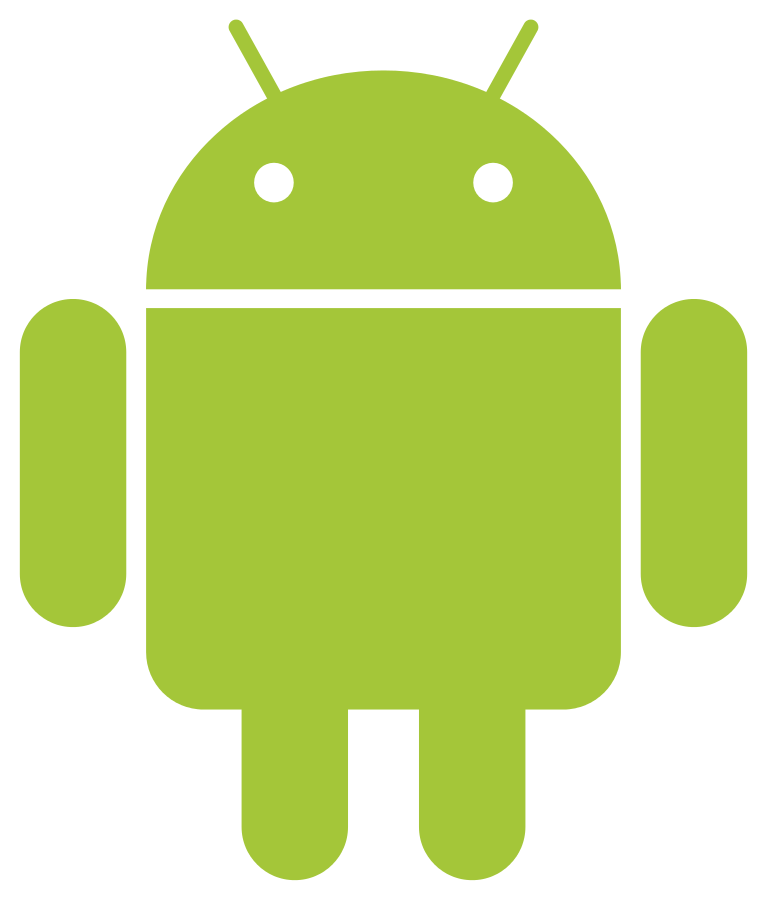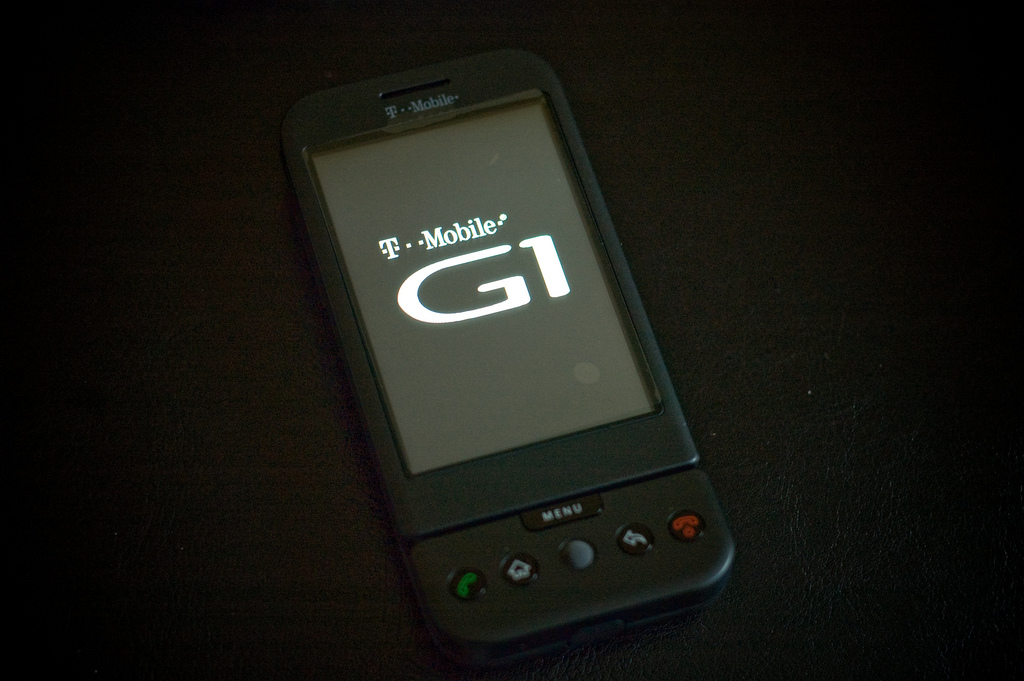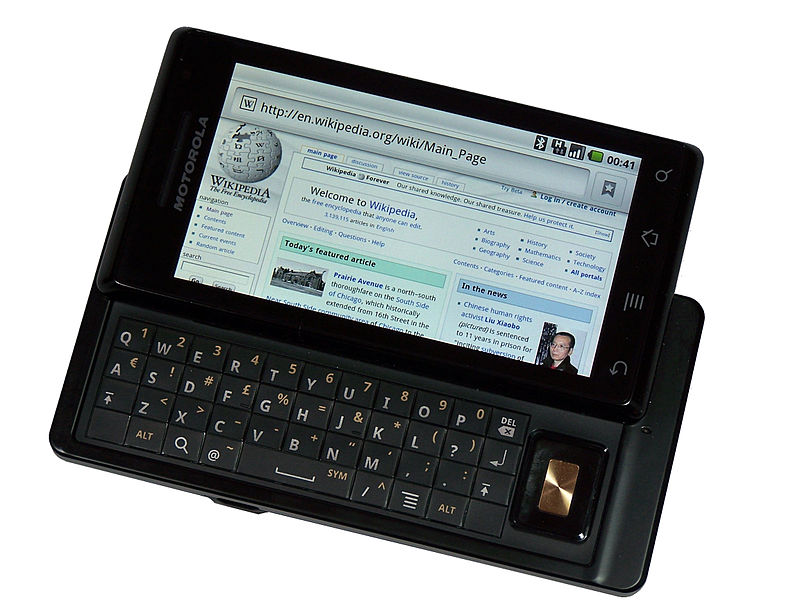Before Google purchased the Android name from
Android Inc. the company was a standalone software with no product to
sell for two years, and all of the expensises were placed onto the
founders. The company focused on an open-source type of software to run
Android, and Goggle kept this philosophy alive.

The idea of an open-source type of software was challenging. The code
was needed to be based on a web-connected experience that would allow
for an environment that any developer could build on. When they pitched the
idea to investors, they were quick to hop on board, eager to be a part
of the next-generation mobile experience. Google became one of the investors
when the company found itself looking for a smartphone company to enter
the market. Android Inc took the offer with Goggle and began working
diligently and in secret at the Google headquarters.
As the team worked together, a smartphone was eventually released. With
HTC as the chosen company for the hardware of the device, Android as
the software, and T-Mobile as the carrier, the T-Mobile G1 was released.
Supporting both a physical keyboard and a QWERTY keyboard, the hardware
would appeal to a broader market of people. As the iPhone only offered
a virtual keyboard, the G1 recognized that the mass majority of people
were not ready to ditch the QWERTY keyboard yet, despite the record
braking sales with the very first iPhone.

The
success of the G1 became so promising because Google was not afraid
to be different. The G1 posed a lot of risks for the company, and the
success of the device would determine Android's future and the future
of Goggle within the smartphone market. Nonetheless the team persisted
with the production of the device, only growing from then on.
As the name grew, Google grew with bigger plans for the company. It
became very relevant that Android was going to be a big deal and change
the market. The device shipped with Android 1.0, the very first
version of Android. However, because this was the very first version, it
felt incomplete to most users. In 2009, the first major update hit the
G1 and completed the feel for most users. Not only this, but Android
1.5 became the first Android operating system to come with a delicious
name attached rather than the iPhone's version numbers. Later that
year, still during the version of Cupcake, Android became a totally
virtual keyboard platform with the support of third party keyboards.
As
time went on, so did more versions of Android. With the release of
Donut (Android version 1.6) Google's dream was becoming a
reality.
With Google's mission statement of "organizing the world's
information" achieved with the new Donut update. This update gave
Android phones the ability to not only search the web, but contacts,
music, apps, and app data all from one central location.
Like the growth of Android, other manufacturers were also growing
rapidly, especially Apple Inc. Google knew that they indeed needed to
make the next Android phone's hardware and software so appealing that it would catch
the eye of many consumer's, hopefully getting them to switch to the
Android ecosystem. Luckily Verizon was also looking
for a way to compete for the mass majority of customers switching to
AT&T because of the iPhone. With both Goggle and Verizon wanting to
draw more customers to them, they needed a manufacturer to build the
device.
Android phone's hardware and software so appealing that it would catch
the eye of many consumer's, hopefully getting them to switch to the
Android ecosystem. Luckily Verizon was also looking
for a way to compete for the mass majority of customers switching to
AT&T because of the iPhone. With both Goggle and Verizon wanting to
draw more customers to them, they needed a manufacturer to build the
device.

With
the help of Motorola, the Droid name was born and selling millions.
Verizon targeted all of their ads for the Droid against the iPhone,
Google redesigned the user interface of the device to appeal to more
consumers, and Motorola built the hardware that drew so many customers
into purchasing the Verizon exclusive device. For some, the hardware
alone made them want to switch. The option to choose between the
sliding keyboard or Google's new virtual keyboard was especially a
seller for individuals looking for a new smartphone to purchase.
December 2009 came along and the "hype" around Android grew once more.
Rumors that Google was working on a phone excited many Android
fans looking for a new device or just looking for a pure Google
experience. Google employee's walking around with the new phone was
confirming the existence of the new device. This new line of
devices behind Goggle held the Nexus name. These Nexus devices were
made with the goal of creating no manufacturer skins or
bloatware, and it would show the best of what Google wanted from
Android before anyone altered it. HTC manufactured the device
under Google's guidance, yet the device was never known to be a Google
phone or an HTC phone. Still, Google and HTC continued to debate about
it.
When purchasing the Nexus One, a consumer would not walk into a store
and purchase it. It was a device purchased online with
customization options such as engraving and shipping the device
overnight. The phone began as a device for "nerds" or "developers."
However, now the Nexus line is a regular everyday device with little to
no complications or a learning curve but still keeps the pure Android
experience pure and open to developers. The Nexus brand was never a
huge selling device, and Google never had much commercial success for
the device. However, they kept the line alive for the
enthusiasts. Android
continued to grow and manufacturer many more devices throughout
the year. In September of 2010, Samsung released a new type of device.
The Samsung Galaxy Tab, a 7-inch device that looked and felt like a
giant phone. Thus, the mid-size tablet genre was born for Android.
Android went through many more updates, from Eclair (Android version
number 2.1), Froyo (Android version number 2.2), Gingerbread (Android
version number 2.3), Honeycomb (Android version number 3.0), Ice
Cream Sandwich (Android version number 4.0), Jelly Bean (Android
version number 4.1), Kit Kat (Android version number 4.4), Lollipop
(Android version number 5.0), Marshmallo (Android version number
6.0), and just recently announced Nougat (Android version number
7.0).
Go to the Top of the Page



 Android phone's hardware and software so appealing that it would catch
the eye of many consumer's, hopefully getting them to switch to the
Android ecosystem. Luckily Verizon was also looking
for a way to compete for the mass majority of customers switching to
AT&T because of the iPhone. With both Goggle and Verizon wanting to
draw more customers to them, they needed a manufacturer to build the
device.
Android phone's hardware and software so appealing that it would catch
the eye of many consumer's, hopefully getting them to switch to the
Android ecosystem. Luckily Verizon was also looking
for a way to compete for the mass majority of customers switching to
AT&T because of the iPhone. With both Goggle and Verizon wanting to
draw more customers to them, they needed a manufacturer to build the
device. 